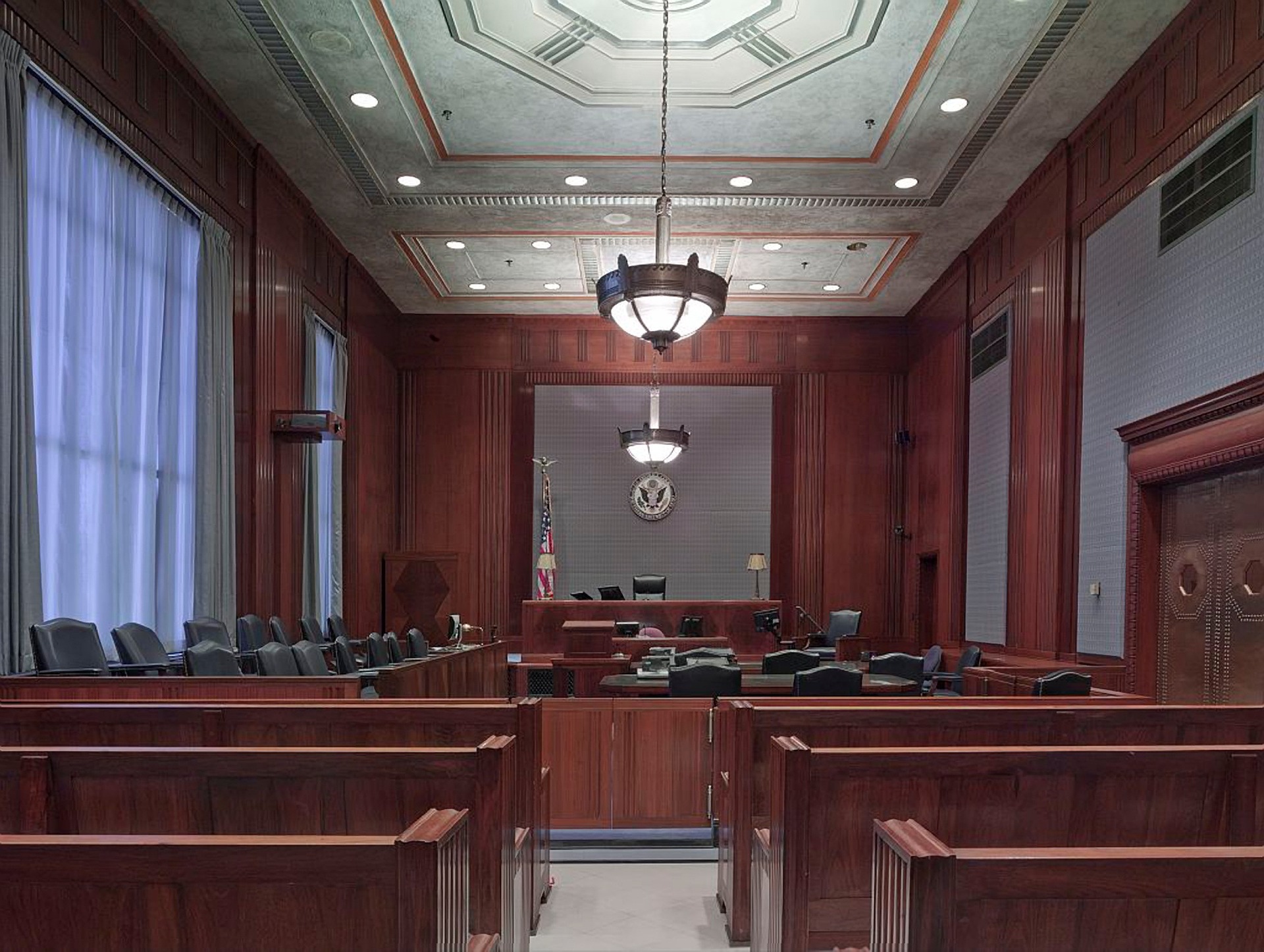Judicial Recusal: Safeguarding Impartiality in the Courtroom
The concept of judicial recusal, where a judge withdraws from a case due to potential conflicts of interest, is a cornerstone of fair and impartial justice. This practice, essential for maintaining public trust in the legal system, has gained renewed attention as high-profile cases increasingly scrutinize judges' backgrounds and affiliations. Understanding the nuances of judicial recusal is crucial for legal professionals and the public alike in ensuring the integrity of judicial proceedings.

The Historical Evolution of Judicial Recusal
Judicial recusal has roots dating back to ancient Roman law, where the principle of “nemo iudex in causa sua” (no one should be a judge in their own case) was established. In the United States, the concept evolved significantly over time. The Judiciary Act of 1792 first codified recusal standards, focusing primarily on financial interests. As the legal system grew more complex, so did the reasons for recusal. The 20th century saw a shift towards a broader interpretation of conflicts of interest, encompassing personal relationships, political affiliations, and even the appearance of bias. Landmark cases such as Liljeberg v. Health Services Acquisition Corp. (1988) further refined the standards, emphasizing the importance of public perception in maintaining judicial integrity.
Current Legal Framework for Judicial Recusal
Today, judicial recusal in the United States is governed by both statutory law and ethical guidelines. The primary federal statute, 28 U.S.C. § 455, outlines specific circumstances requiring recusal, including personal bias, financial interest, and prior involvement with a case. Additionally, the Code of Conduct for United States Judges provides ethical standards that go beyond legal requirements. State courts often have their own recusal rules, which may vary in specificity and scope. The American Bar Association’s Model Code of Judicial Conduct serves as a template for many state codes, promoting consistency across jurisdictions. Despite these guidelines, the decision to recuse often remains at the discretion of individual judges, leading to ongoing debates about the effectiveness of self-recusal systems.
Challenges in Implementing Recusal Policies
While the principles behind judicial recusal are widely accepted, their practical implementation faces several challenges. One significant issue is the tension between recusal and the duty to sit. Judges have an obligation to hear cases assigned to them, and excessive recusal can lead to delays and inefficiencies in the judicial system. Another challenge is the subjective nature of bias assessment. What constitutes a conflict of interest can be open to interpretation, particularly in cases involving social or professional relationships. The increasing scrutiny of judges’ personal lives and social media presence has further complicated this issue, raising questions about where to draw the line between a judge’s private life and public role.
High-Profile Cases and Public Perception
Recent years have seen several high-profile cases where judicial recusal became a central issue, significantly impacting public perception of the justice system. For instance, the 2016 case Williams v. Pennsylvania highlighted the complexities of recusal in cases involving prior prosecutorial roles. In this case, a state supreme court justice’s failure to recuse himself from a death penalty appeal, despite having been involved in the original prosecution, led to a U.S. Supreme Court decision emphasizing the importance of recusal in such circumstances. Similarly, debates surrounding recusal in cases involving political figures have intensified, particularly in the context of Supreme Court justices’ participation in cases related to presidential elections or executive actions. These cases underscore the delicate balance between maintaining judicial independence and ensuring public confidence in the impartiality of the courts.
Future Directions and Potential Reforms
As the legal landscape continues to evolve, so too must the approach to judicial recusal. Some legal scholars advocate for more stringent and objective recusal standards, potentially including third-party review of recusal decisions. Others propose enhanced disclosure requirements for judges, allowing parties and the public to make more informed assessments of potential conflicts. Technological solutions, such as automated conflict checking systems, are also being explored to assist judges in identifying potential issues before they arise. Additionally, there is growing discussion about the need for more comprehensive ethics training for judges, focusing not just on the letter of recusal laws but on the broader principles of judicial integrity and public trust.
• Judges are generally required to recuse themselves if they have a financial interest in the case outcome. • The appearance of impropriety, even without actual bias, can be grounds for recusal. • Parties can file motions for recusal, but the final decision typically rests with the judge in question. • Some jurisdictions have implemented “blind trusts” for judges to manage their investments and avoid financial conflicts. • Recusal decisions are rarely overturned on appeal unless there is clear evidence of abuse of discretion. • The Supreme Court of the United States has no formal recusal procedure for its justices. • Some states have adopted “peremptory” recusal rules, allowing parties to request recusal without showing cause.
In conclusion, judicial recusal remains a critical safeguard of the justice system’s integrity, evolving to meet the challenges of an increasingly complex legal landscape. As public scrutiny of the judiciary intensifies, the balance between maintaining judicial independence and ensuring impartiality becomes ever more delicate. The ongoing debates and proposed reforms in this area reflect a broader societal commitment to the principles of fair and unbiased justice. As we move forward, continued vigilance and adaptation in recusal practices will be essential to preserving public trust in the judicial process.




